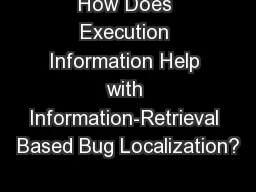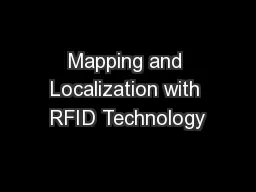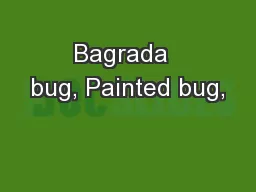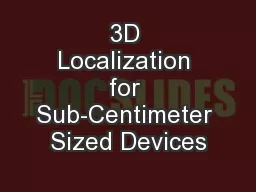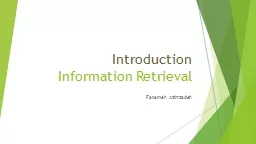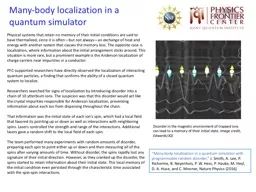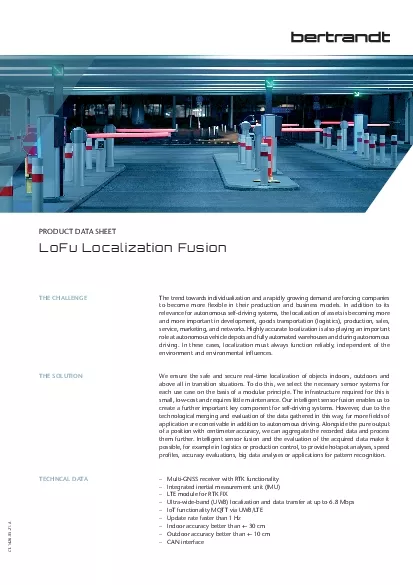PPT-How Does Execution Information Help with Information-Retrieval Based Bug Localization?
Author : test | Published Date : 2018-03-10
Tung Dao Lingming Zhang Na Meng Virginia Tech The University of Texas at Dallas Background Bug localization is important in software maintenance Bug localization
Presentation Embed Code
Download Presentation
Download Presentation The PPT/PDF document "How Does Execution Information Help with..." is the property of its rightful owner. Permission is granted to download and print the materials on this website for personal, non-commercial use only, and to display it on your personal computer provided you do not modify the materials and that you retain all copyright notices contained in the materials. By downloading content from our website, you accept the terms of this agreement.
How Does Execution Information Help with Information-Retrieval Based Bug Localization?: Transcript
Download Rules Of Document
"How Does Execution Information Help with Information-Retrieval Based Bug Localization?"The content belongs to its owner. You may download and print it for personal use, without modification, and keep all copyright notices. By downloading, you agree to these terms.
Related Documents

